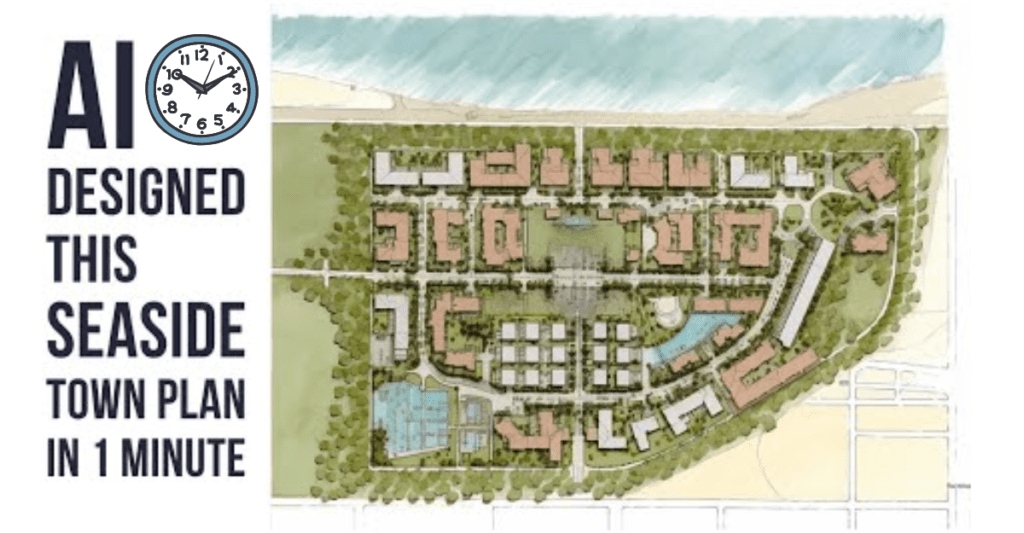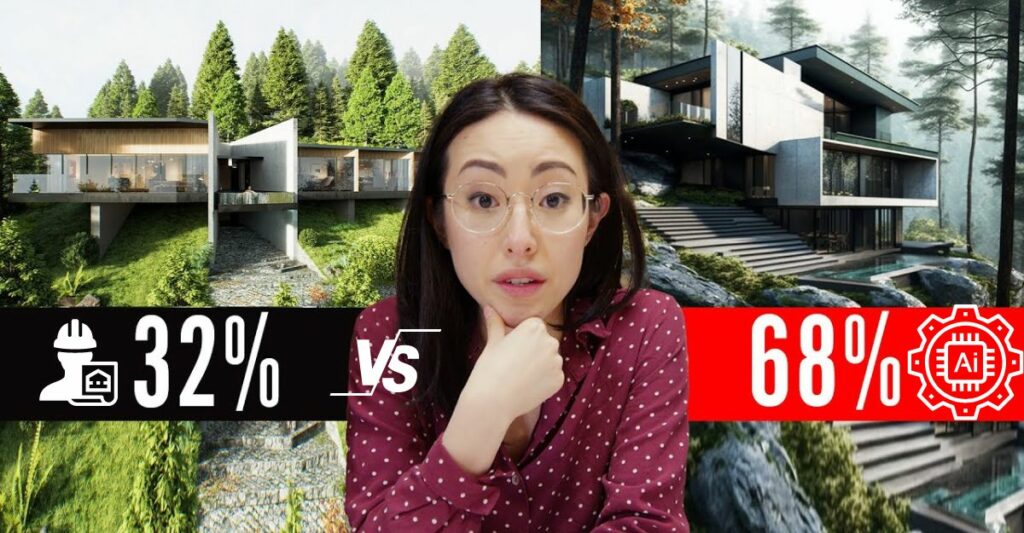Introduction
In a video exploring urban planning, AI assists in conceptualizing a new urbanist town, echoing Seaside Florida’s 1980s design. The AI’s mixed results showcase innovative public spaces and varied uses, yet raise doubts about certain planning aspects. Iterative refinements enhance the AI’s design contributions, underscoring its early-phase potential while questioning its readiness for final execution. The video concludes, poised to delve deeper into the AI’s grasp of new urbanist tenets and its ability to craft detailed land use plans.
I asked AI to Design a New Urbanist Seaside Town
New Urbanism
Urban planning and urban design are critical components in the creation of sustainable and livable cities. New Urbanism, a design movement that has gained prominence in recent years, is at the forefront of this field. It advocates for the development of walkable neighborhoods that incorporate a variety of housing options and job types, thereby fostering diverse and vibrant communities. This approach emphasizes the importance of community spaces and sustainable development, aiming to enhance street life and the overall quality of urban living.
Seaside Florida
A prime example of New Urbanism in practice is Seaside, Florida. This town, situated in the panhandle region, was one of the pioneering projects of the New Urbanist movement, designed in the 1980s. Seaside is celebrated for its pedestrian-friendly streets, a blend of residential, commercial, and public spaces that encourage interaction and a sense of community. It serves as a case study for the application of AI in urban planning, where the technology is utilized to replicate and understand the intricate New Urbanist features of the town.
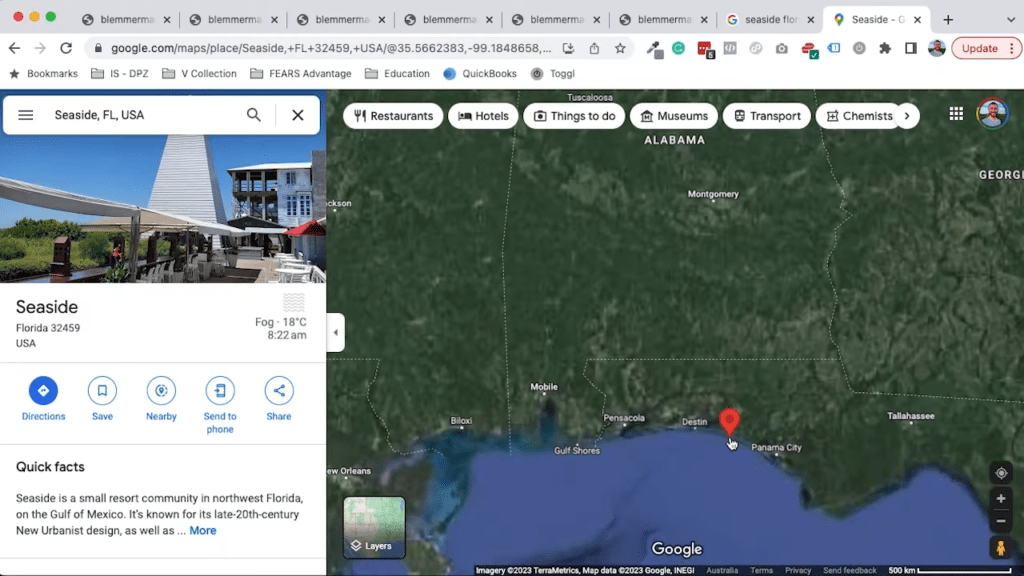
Urban Design
In the realm of urban planning and design, the process of shaping the physical environment of urban areas is complex and multifaceted. It requires careful consideration of the arrangement of buildings, streets, and public spaces to ensure functionality, attractiveness, and sustainability. AI’s role in this process is increasingly significant, as it can generate plans for new towns, taking into account principles such as walkability and mixed-use development. The technology’s ability to understand and apply these principles is crucial for the success of urban planning projects.

Aerial Renderings
Aerial renderings play a pivotal role in urban planning and design, offering a comprehensive view of a project from above. These visual representations allow planners, developers, and stakeholders to grasp the layout, organization, and interrelationships of various elements within a plan. The interest in generating such renderings is evident in the use of AI for urban design, as they provide a clearer understanding and visualization of the proposed developments.
Q&A
What is the main objective of using midjourney?
The main objective is to utilize Midjourney AI to help design a new urbanist town similar to Seaside Florida from the 1980s, using it as a tool for generating ideas and concepts in the early phases of a project.
Where is the original Seaside located?
Seaside is located in the panhandle of Florida and is recognized as the original new urbanist town.
What were the initial impressions of the AI-generated results for the new urbanist town design?
Interesting, great, and questionable at the same time, with a mix of uses and wonky connections between streets, but they referenced real-life scenarios and had an impressive level of detail.
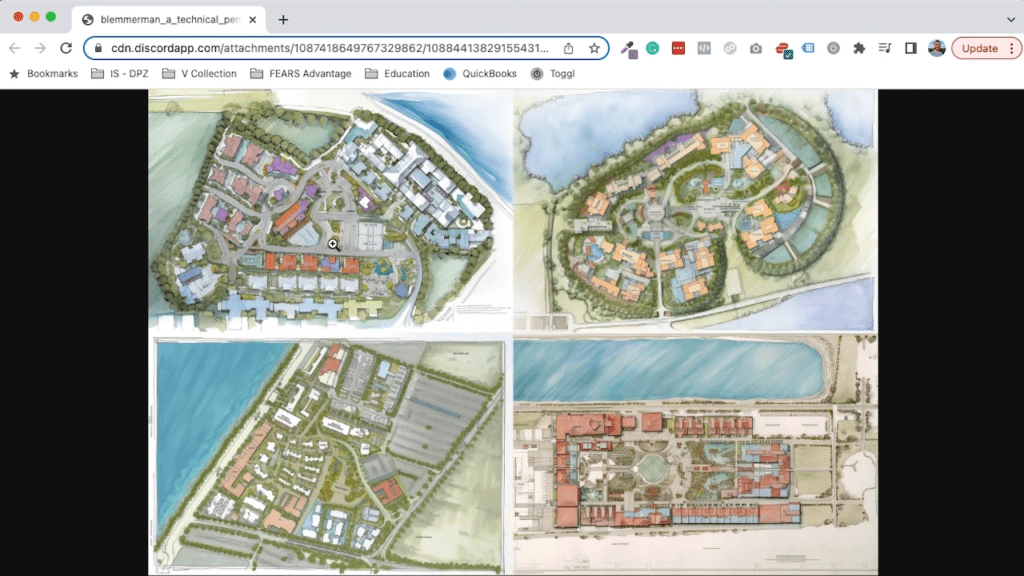
How did the AI’s design for public spaces and parking situations?
The AI’s design included a massive stadium-sized parking situation and detailed public spaces, but it lacked direct addressing of water until later iterations and the coastline disappeared in one model.
What adjustments were made when running the AI model again?
The adjustments included being more specific about the desired configuration of buildings and spaces, which resulted in a more organized town plan with a centered square and walkable central district.
What was the outcome of providing the AI with the actual plan of Seaside?
The AI produced a more rectilinear pattern with an organized structure, better pedestrian access, and a more realistic layout resembling the original Seaside plan.
What are the potential uses of the AI-generated designs in the early stages of a project?
The AI-generated designs can be used to generate numerous ideas, provide inspiration for further developments, and create a variety of concepts quickly to present to clients.
What limitations did the speaker notice about the AI’s understanding of urban design?
The speaker noticed that it was unclear whether the AI could distinguish between different building uses, understand public space versus streets, or recognize ground versus ocean.
What future possibilities does the speaker envision for the AI in terms of new urbanism?
The speaker is hopeful that in the future, the AI can be fed parameters and code to generate more accurate and realistic designs that align with new urbanist principles, and potentially write prompt for such projects.
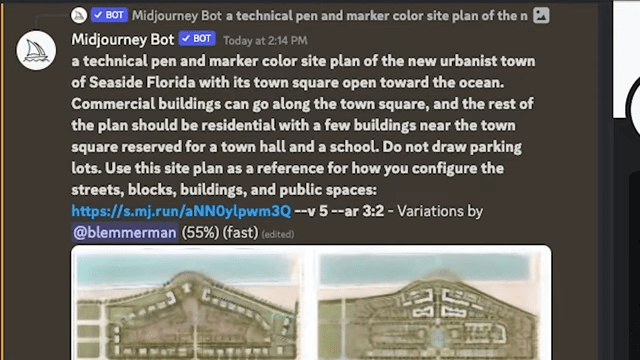
What are the next steps in the Seaside AI design experiment?
The next steps include generating street sections, aerial renderings, and various types of drawings needed to build a new town using the principles of new urbanism, to further test the AI’s understanding and capabilities.
How does the speaker describe the role of past work in inspiring the AI?
The speaker suggests using past work as a basis to inspire the machine to create more reasonable and realistic designs that are true to the intentions of the project, rather than generating nonsensical outputs.
PromeAI: Revolutionizing Urban Planning with AI-Driven Design Solutions
AI-Powered Conceptual Design
In the realm of urban planning and urban design, innovation is key to envisioning the future of our cities. PromeAI stands at the forefront of this technological revolution, offering a suite of tools that can transform the way we approach city development. With its AI image generator, PromeAI enables professionals to create compelling conceptual designs that serve as a springboard for urban planning projects. These AI-generated images not only provide a visual reference but also inspire creative thinking, allowing for the exploration of diverse urban environments that are both sustainable and aesthetically pleasing.
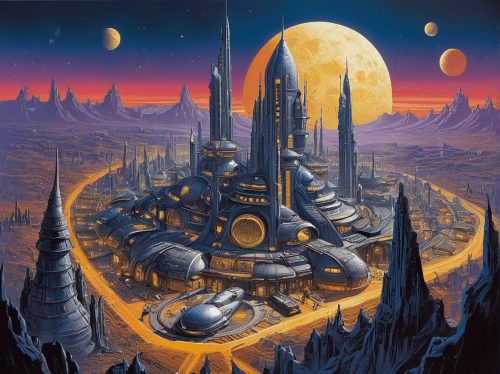
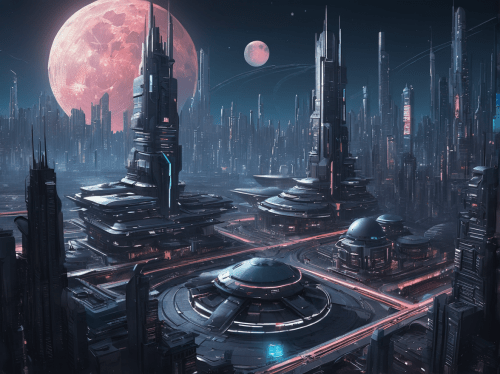
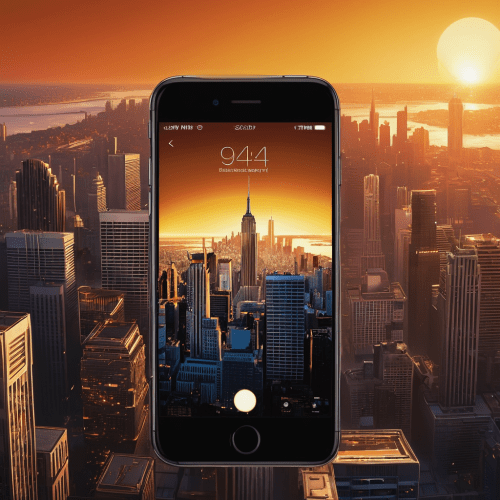
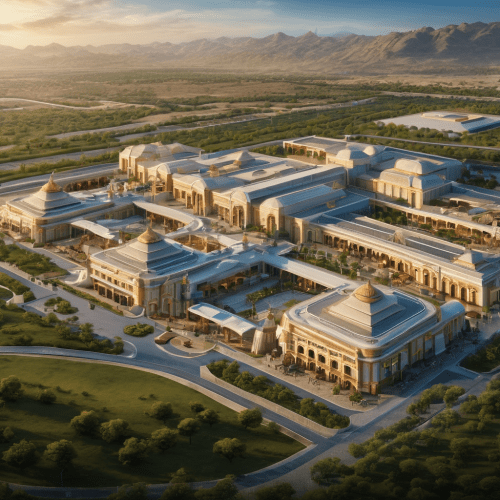
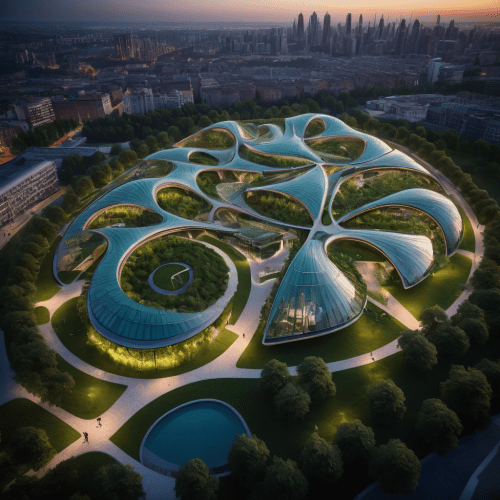
Sketch Renderings for Realistic Visuals
To bring urban planning concepts to life, PromeAI offers sketch rendering capabilities that convert these ideas into realistic images. This feature is invaluable for stakeholders and the public to understand and engage with proposed developments. By utilizing PromeAI’s advanced algorithms, urban designers can generate detailed visual representations that accurately depict the intended use of spaces, the integration of greenery, and the overall layout of a neighborhood or city. These renderings serve as a powerful communication tool, fostering a shared vision and facilitating informed decision-making.
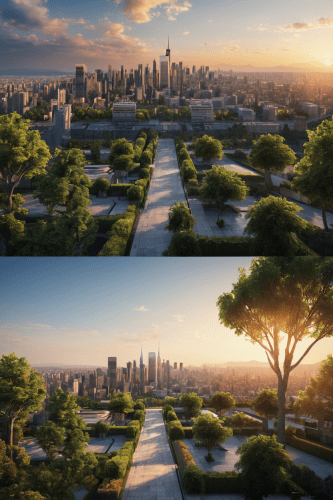
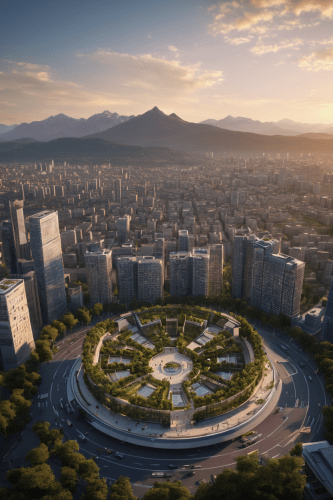

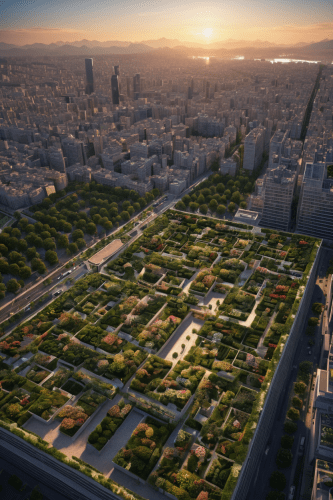
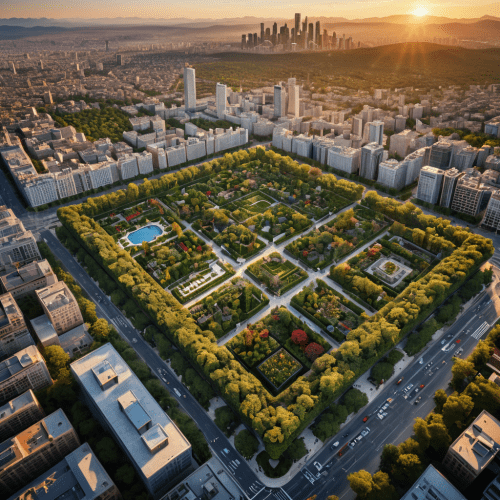

Gallery of Inspirational Urban Designs
PromeAI also provides a gallery where users can browse and draw inspiration from a diverse collection of urban planning images shared by others in the community. This platform encourages collaboration and the exchange of ideas, showcasing the potential of AI in enhancing urban design. Whether you’re looking for innovative solutions for public spaces, sustainable transportation systems, or mixed-use developments, the gallery is a treasure trove of inspiration that can spark new approaches to urban planning. By leveraging the collective creativity of the PromeAI community, designers can craft urban landscapes that are not only functional but also resonate with the needs and aspirations of the communities they serve.
Conclusion
The integration of AI in urban planning, as exemplified by PromeAI, marks a significant leap forward in the field of city design. By harnessing the power of AI image generators and sketch renderings, PromeAI offers a new dimension in visualizing and materializing urban plans that align with the core tenets of New Urbanism. The platform’s ability to generate diverse and sustainable urban environments, coupled with its capacity to refine designs through iterative processes, underscores the potential of AI to transform the way we think about and develop our cities.
The AI-driven approach to urban planning not only expedites the design process but also enhances the quality of outcomes by providing a multitude of ideas and options for consideration. The AI-generated designs serve as a valuable tool in the early stages of a project, offering inspiration and a solid foundation for further development. Moreover, the gallery of shared urban designs on PromeAI acts as a collaborative space where professionals can draw inspiration and contribute to a collective vision of urban futures.
While there are limitations to AI’s understanding of complex urban design elements, the ongoing advancements and experiments with AI models like PromeAI indicate a promising future. As AI continues to learn and adapt, it is expected to play an increasingly pivotal role in crafting urban landscapes that are not only functional and sustainable but also deeply resonate with the communities they serve. The future of urban planning with AI holds the potential for smarter, more inclusive, and people-centric cities that embody the essence of New Urbanism.

